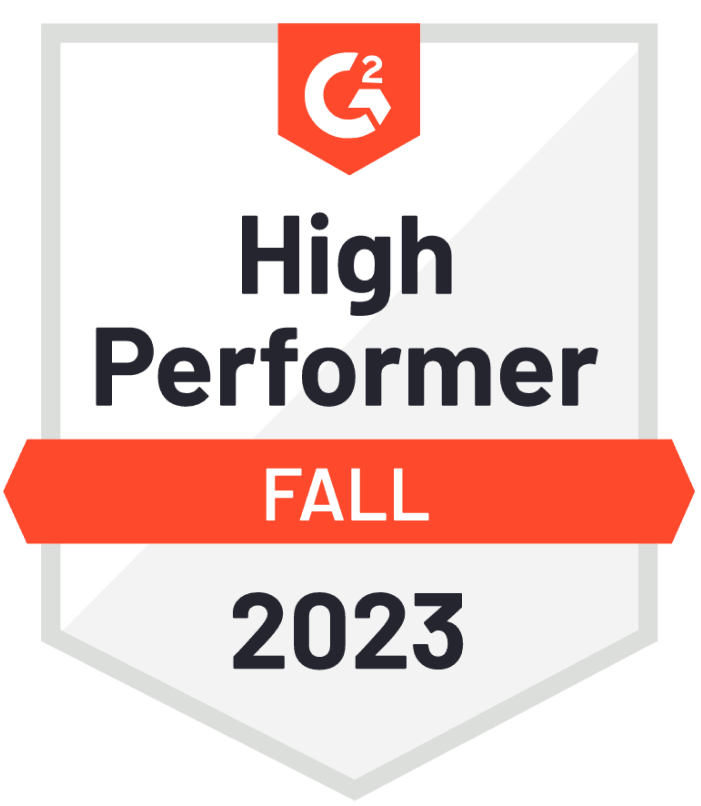How confident are you when it comes to finding and recruiting new employees and team members? We understand that this task can be challenging sometimes, but with our assistance, it doesn’t have to be. The article that you are reading is our FREE Direct Support Professional Job Description Template which is the first step in your hiring journey.
Our job is to make this process as easy as possible for you, so feel free to explore and customize this template according to the way that will be the most pleasing for the candidates.
Check out our VIVAHR Software and make the most of your experience! 🙂
What is a Direct Support Professional?
Direct Support Professionals are healthcare professionals who work with individuals who have developmental or intellectual disabilities.
They are responsible for assisting patients in daily activities. Direct Support Professionals help patients complete housekeeping tasks, such as vacuuming, doing laundry, tidying, washing the dishes, etc.
They also help patients bathe and dress if necessary.
Their assistance includes shopping for groceries and medication, preparing and serving meals, feeding the patients, and cleaning up after meals.
Direct Support Professionals arrange transportation to doctor’s appointments or other outings and ensure that they take their medications regularly.
In the end, they create a safe and positive environment for patients and encourage them to participate in social activities to strengthen their physical and mental health.







